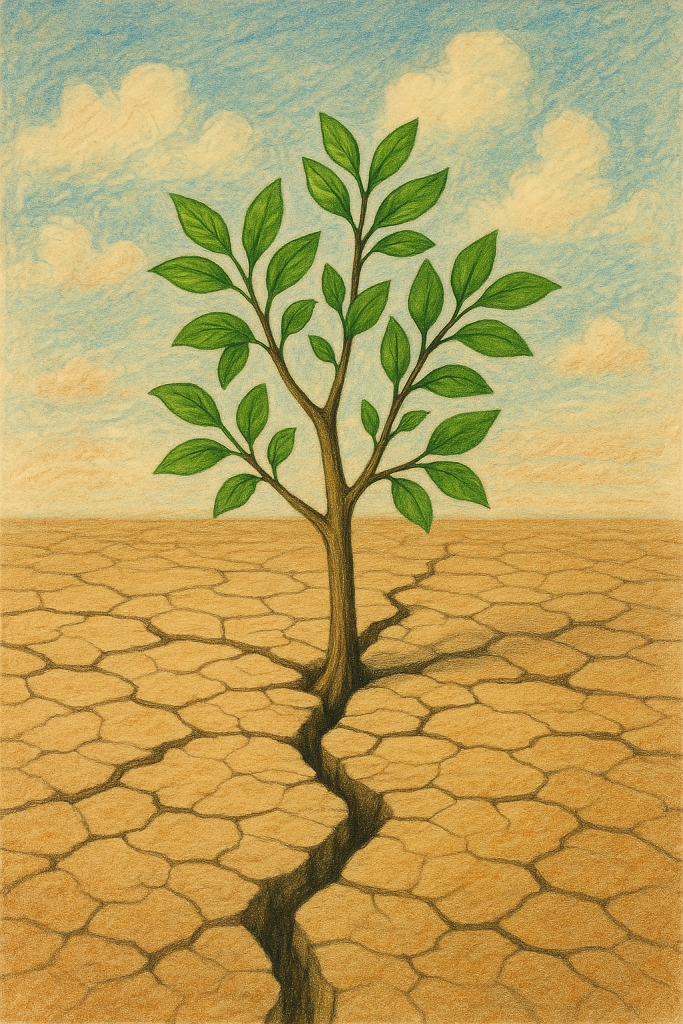Nature shows resilience everywhere—how trees recover from storms, how ecosystems adapt to change. Learning what you can learn about resilience from nature helps us build mental, emotional, and organizational strength by applying ecological principles to everyday challenges.

Resilience from nature: Why the lesson matters now
With climate change, remote work shifts, political unrest—uncertainty is constant. More people search for what you can learn about resilience from nature to cope with pressure and adapt. Scientists and business leaders are turning to ecosystems as models for flexibility and endurance.
1. Adaptability: How ecosystems handle change
Nature doesn’t expect conditions to stay the same. When a disturbance hits—like a wildfire or flood—adaptation is essential. The 2018 Camp Fire in California devastated forests but triggered rapid regeneration and changes in species makeup, illustrating resilience through diversity¹.
Applying that, we can:
- Diversify skills in professional roles
- Shift mental models rather than resist new ideas
- Stay open to change instead of resisting it
2. Redundancy: Why overlap matters
In forests and coral reefs, multiple species fulfill similar roles, so if one fails, another steps in. The Great Barrier Reef ecosystem is structured with overlapping functions—multiple fish species controlling algae, others cleaning coral—helping maintain balance².
In business or personal planning, redundancy means:
- Having backup systems (e.g. extra storage, alternate workflows)
- Collaborative teams where team members can cover each other
- Multiple income sources or skill sets for security
3. Incremental growth: Small steps win
Nature doesn’t rebuild overnight after destruction; it rebuilds one plant, one insect, one creature at a time. After Mount St. Helens erupted in 1980, the area recovered gradually, starting with lichens and mosses, gradually progressing to shrubs and then trees³.
This teaches us to:
- Break large goals into small, manageable steps
- Celebrate small gains rather than waiting for big wins
- Recognize that slow and steady accumulation leads to resilience
4. Feedback loops: Learning and adjusting
Ecosystems thrive on feedback. Predator-prey relationships, seasonal cycles, nutrient replenishment—nature self-regulates. Businesses mimic this with agile methods: iterating based on client feedback, adjusting product features, and refining services.
You can:
- Track progress and reflect monthly or quarterly
- Pivot quickly when something isn’t working
- Value small data points instead of waiting for big trends
5. Respecting cycles: Recovery takes time
Just as trees “sleep” in winter before flowering in spring, humans and organizations need rest periods. Burnout often results from ignoring natural rhythms.
To adopt this principle:
- Build in buffer time after intense work
- Observe seasonal peaks and troughs in energy and plan accordingly
- Practice rest as purposefully as productivity
6. Community support: Strength in networks
Bees don’t pollinate alone. Wolves hunt in packs. Trees connect via mycorrhizal fungal networks. Social and ecological connections amplify resilience.
Translate this into daily life:
- Cultivate mentors, colleagues, peers as support systems
- Engage in peer coaching or mastermind groups
- Share knowledge and help others bounce back
7. Real-world examples from trendsetters
| Field | Example | Resilience Lesson |
|---|---|---|
| Startup Ecosystems | Y Combinator | Mentorship, network, and iterative product development mirror ecosystem strategies |
| Climate Regeneration | Ecological restoration projects | Local species rebalancing provides models for phased, diversified recovery |
| Well-being Apps | Forest Bathing platforms | Incorporate natural cycles, rest, and feedback into mental health practices |
Resilience from nature: How to apply these lessons in practice
- Audit your resilience: note where you’re rigid, lack backup, or overlook rest.
- Adopt ‘nature-inspired strategies’:
- Diversify your skills
- Build backup systems
- Schedule rest in cycles
- Track your “recovery indicators”: mood, energy, project flexibility
- Create a peer network: share stories of adaptation
- Iterate intentionally: set one small experiment a week to try new habits
Resilience from nature: Wrapping up the lesson
Knowing what you can learn about resilience from nature offers a powerful blueprint: diversity, redundancy, small growth, feedback, cycles, and support. These aren’t abstract ideas—they’re proven strategies visible in forests, reefs, and even microbes. Apply them to navigate change with strength and flexibility.
References
Cousins, S. et al. (2023). Understanding and applying biological resilience, from genes to communities. Nature Ecology & Evolution. Link: https://www.nature.com/articles/s44185-023-00022-6
Smith, T., Traxl, D., & Boers, N. (2022). Empirical evidence for recent global shifts in vegetation resilience. Nature Climate Change, 12, 477–484. This article uses satellite data to quantify vegetation resilience worldwide, revealing trends such as tropical increases and high-latitude declines in resilience. nature.comnature.com
Link: https://www.nature.com/articles/s41558-022-01352-2
Author(s) of disturbance ecology review. (2024). Frequent disturbances enhanced the resilience of past human and ecological systems. Nature (systematic review)
Link: https://www.nature.com/articles/s41586-024-07354-8






